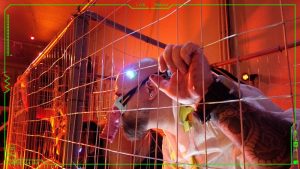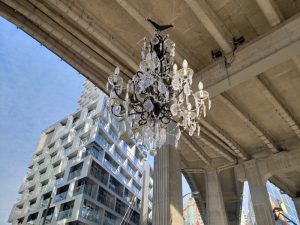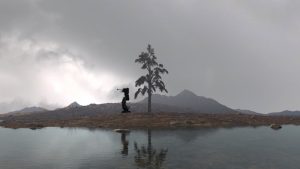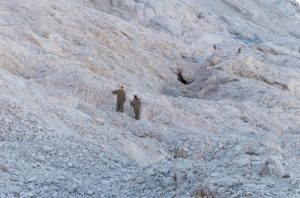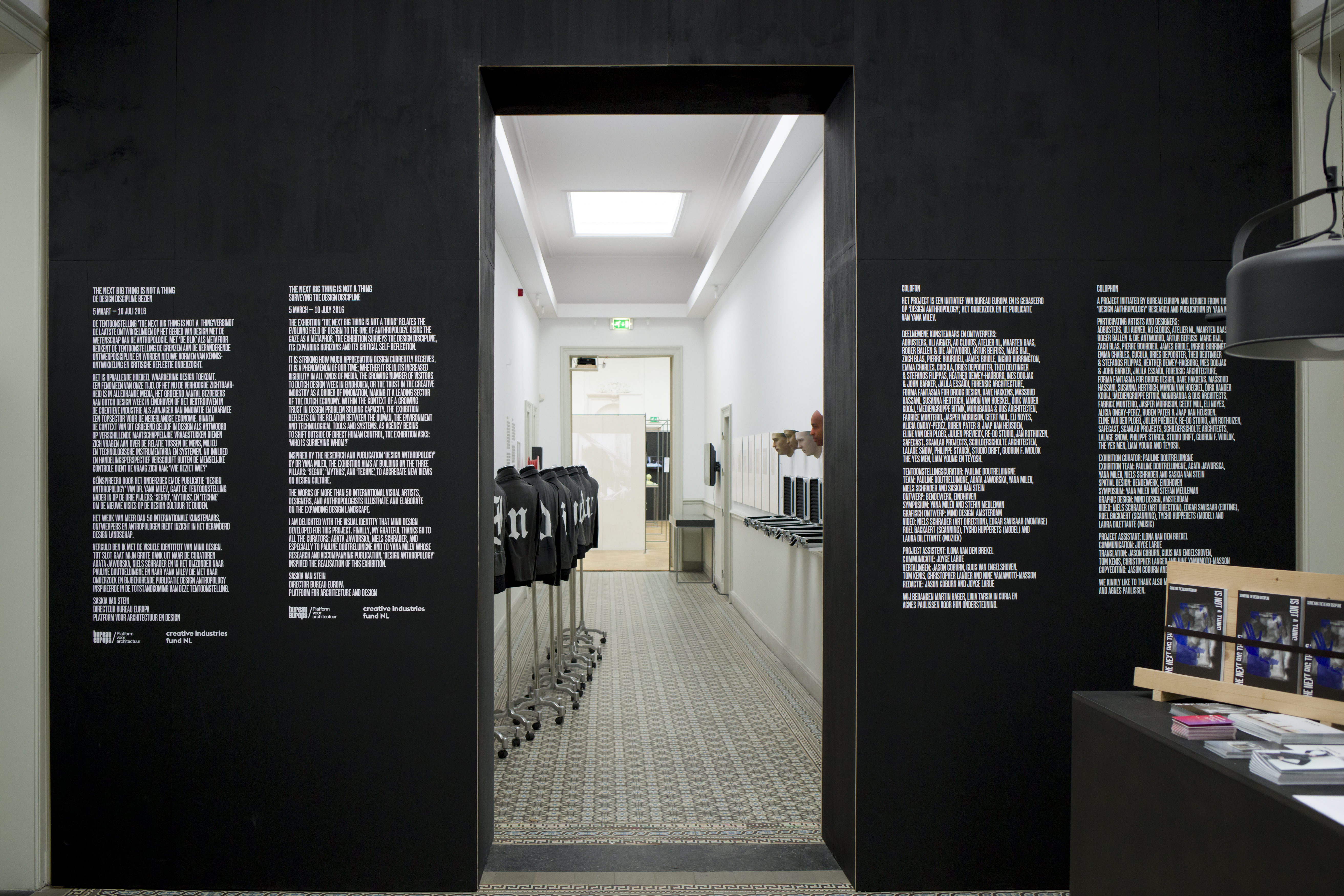
Entrance to the exhibition The Next Big Thing is Not a Thing. Photo: Pauline Doutreluingne
Last week i was in The Netherlands for the Week of New Maastricht, an event organised by Maastricht-LAB to look at innovative ways to repurpose neglected areas and abandoned buildings (especially with those with monumental value.) Local examples of innovative urban overhaul include: an ex fire-house turned restaurant, ex-army barracks filled with working spaces for designers and a brasserie, a 13th century church that houses a bookshop, a 15th-century monastery that is now a hotel.
One of the areas slated for similar rehabilitation and revamp is the Sphinxkwartier. The place takes its name from a toilet factory. The ceramic bathroom seats are now gone but in a couple of years, they will be replaced by concert halls, student spaces, lofts, bars, etc. What made me bike faster to the Sphinxkwartier, however, is the fact that Bureau Europa has already relocated there. Bureau Europa explores the field of architecture, urbanism, and design. In a critical and often avant-garde way. I love what they do.
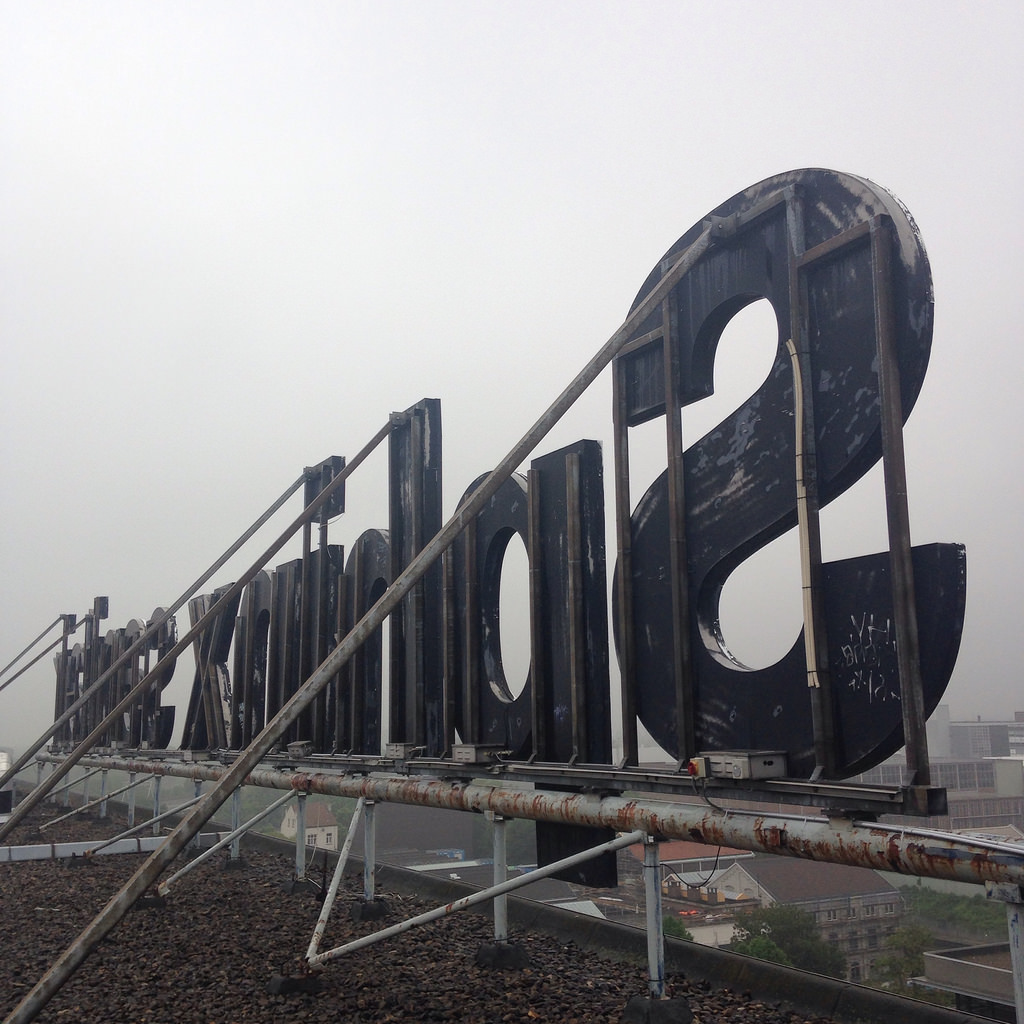
On top of the now closed Koninklijke Sphinx factory
Their ongoing exhibition The Next Big Thing is Not a Thing is a bit overwhelming but it is also as good as i was hoping. It investigates how the field of design is increasingly influenced by the science of anthropology, how it is becoming more critical, more involved in society and more curious about new fields of knowledge.
Using the gaze as a metaphor, the exhibition surveys the evolution of the design discipline and examines new fields of knowledge and critical practices. The exhibition questions the underlying myths within design, deconstructs its emerging signs, and examines how technology determines the future landscape of design.
The Next Big Thing is Not a Thing displays the works of more than 50 international visual artists, designers, and anthropologists. The show is articulated into several chapters. It is however so dense and the works on show are so different from each other in intention, practice and meanings, that it might at times seem like a mere accumulation of super interesting projects.
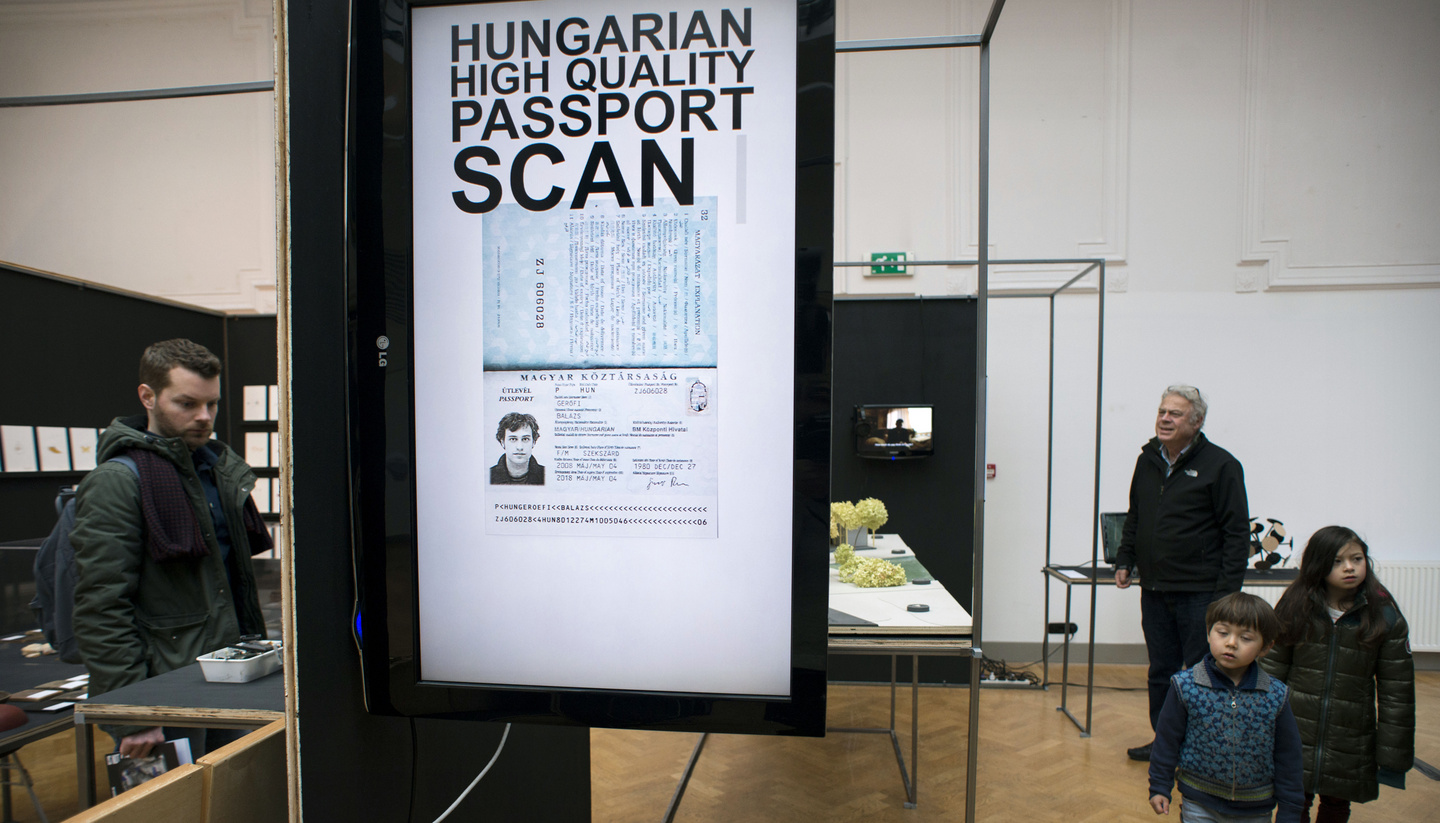
!Mediengruppe Bitnik, Random Darknet Shopper, 2014-ongoing. Installation view at Bureau Europa. Photo: Moniek Wegdam for Bureau Europa
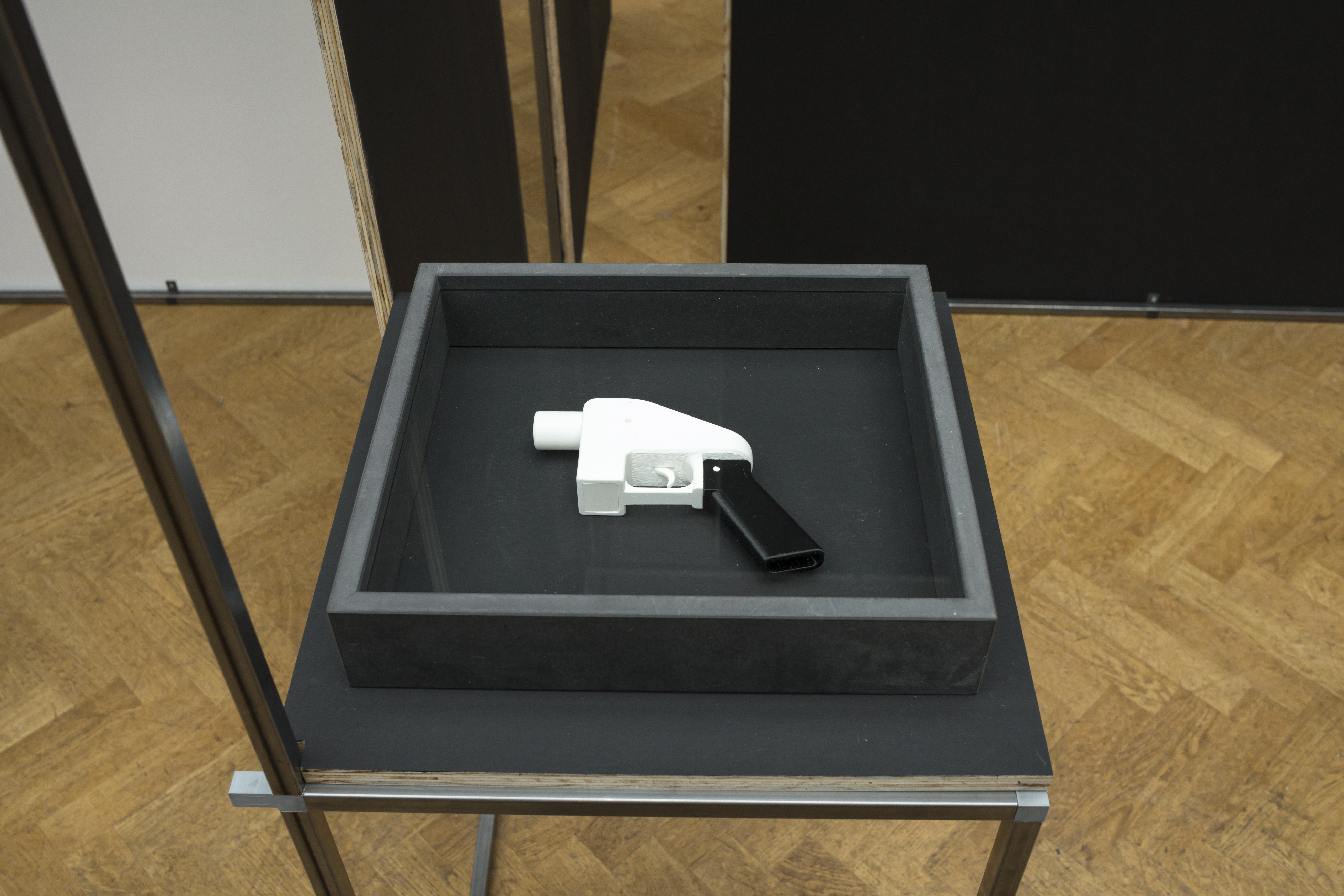
Defense Distributed, The Liberator at the exhibition The Next Big Thing is Not a Thing. Photo: Pauline Doutreluingne
Some of the works question our Western-centric vision of culture, our faith in ‘modernity’ and our understanding of ‘progress.’ Others explore how the design discipline attempts to bring together two fields that Western history and culture have separated: episteme (the domain of theory or knowledge) and techne (the material and practical application of art and craft.) Another part of the exhibition looks at how designers grapple with the world’s biggest problems, in particular environmental ones. A last group of works explores the role of design in political issues: warfare, border control, economy, public accountability, etc.
The Next Big Thing is Not a Thing is packed with information, food for thought and judicious parallels. I’d recommend taking an hour or two to visit it. But if you can’t make it to Maastricht before the show closes in July, check out the catalogue of the exhibition. It is available as a PDF online.
A quick walk through some of the works on show:
Emma Charles, Fragments on Machines, 2013
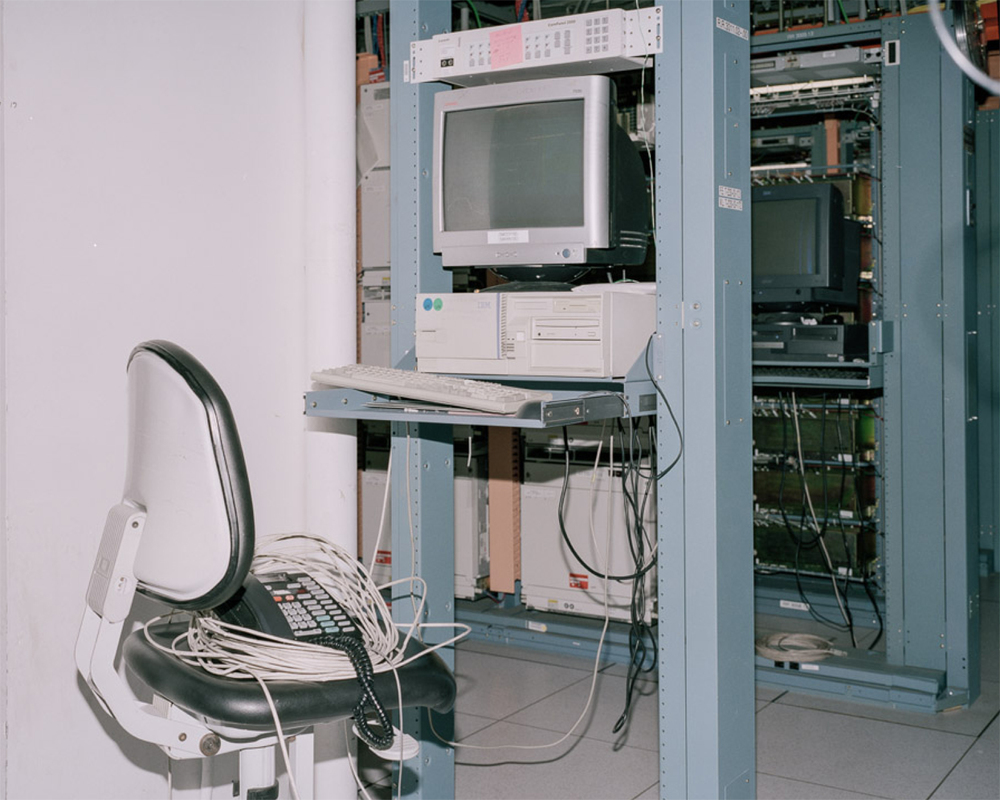
Emma Charles, Fragments on Machines (production still), 2013
The internet is a very material space. There are server farms to be built, fibre-optic cables to be laid under the ground or sea, ventilation systems to be maintained.
Emma Charles’s documentary Fragments On Machines lays bare the physical structure of the internet. She takes her camera to a series of 19th and 20th century buildings in New York City and explores how urban architecture is now hosting the material nodes and connectors that comprise the physical manifestation of the “virtual” world. In addition, the film shows how the Internet is connected to the wider economy via such phenomenon as high-frequency trading (HFT). HFT firms have indeed moved to be as close as possible to the Internet’s infrastructure. The physically closer these firms are, the faster their algorithms can trade.
TeYosh (Sofija Stanković and Teodora Stojković), Dictionary of Online Behavior, 2013-ongoing
The internet is also a space that is constantly re-shaping the way we act in society. Think of #FRAP, Instameet, Sudden Mutual Linking, etc. These words don’t have any equivalent offline but online communication calls for new words to define new situations and behaviours. The always expanding Dictionary of Online Behavior helps us understand the way technology is shaping human expressions and norms.
Geert Mul, Match of the Day, 2004-ongoing
Another important aspects of our online life is made of artificial intelligence and the way its understanding of the world differs from ours.
Geert Mul‘s computer records, at random intervals, images from about thirty international satellite television channels. An image-recognition software compares the recorded image with every other single image stored in the computer and looks for the images that make a good visual match. Mul then looks at the result and selects the images matches he finds most interesting.
The computer cannot ‘understand’ the images, it just applies pixel statistics. For the human eye visual similarity is something else than pixel statistics. We attach ‘meaning’ to everything we see. This becomes especially evident when similar images appear to have a contrary meaning.
Monobanda and Dus Architects, 3RD (Trailer)
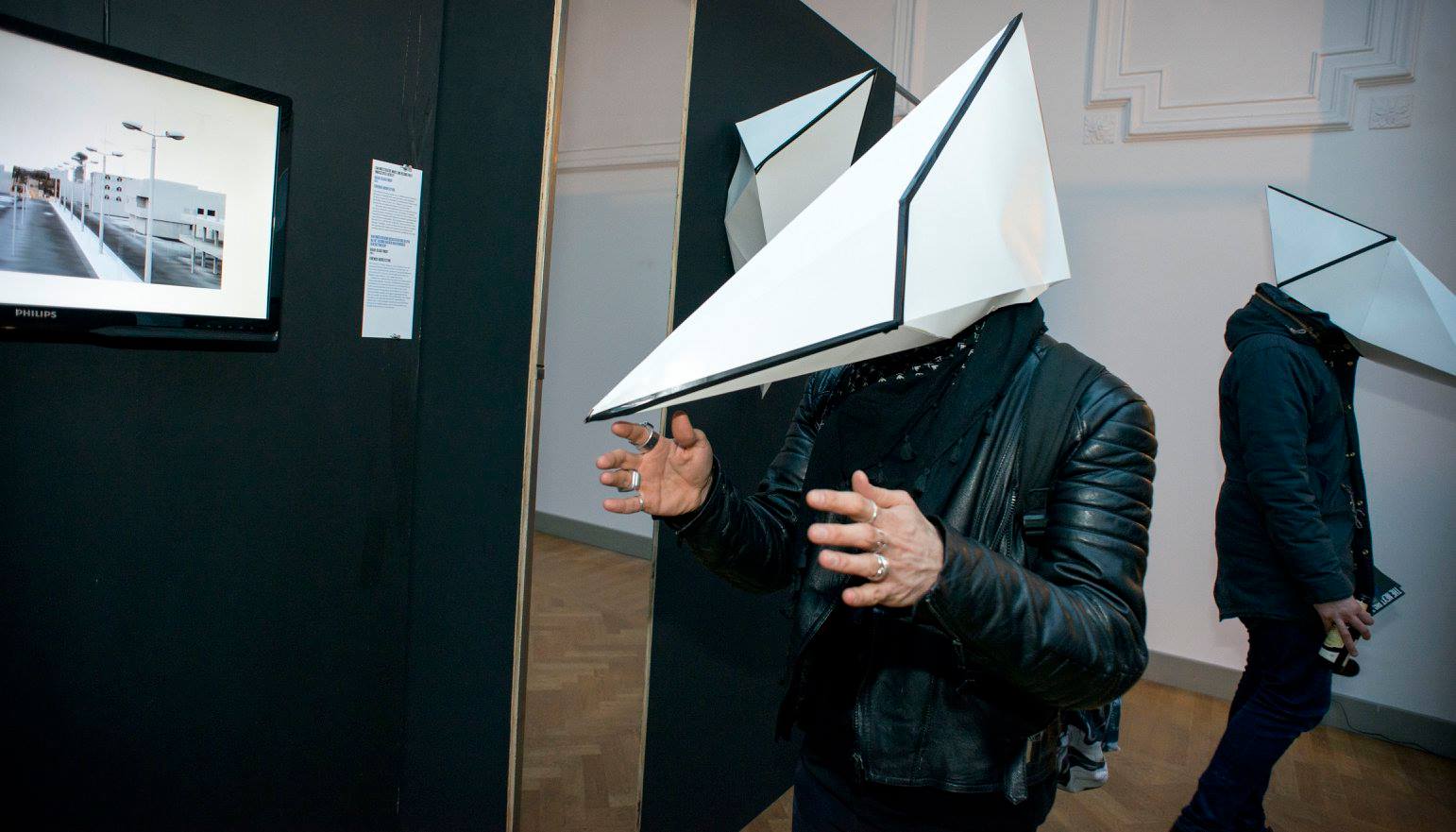
Monobanda and Dus Architects, 3RD. Image by Pauline Doutreluingne
3RD are sculptures you put on like helmets. Inside is a video screen that shows the wearer as if they saw themselves from a distance, their movements captured and broadcast by a camera surveying the exhibition space. As if they were featured inside their favourite games. This creates a surreal sensation where reality starts to feel like a digital game environment.
Not a new idea but it deserves a mention for it elegant and suggestive design. Plus, the DIY instructions to make your own can be downloaded for free.
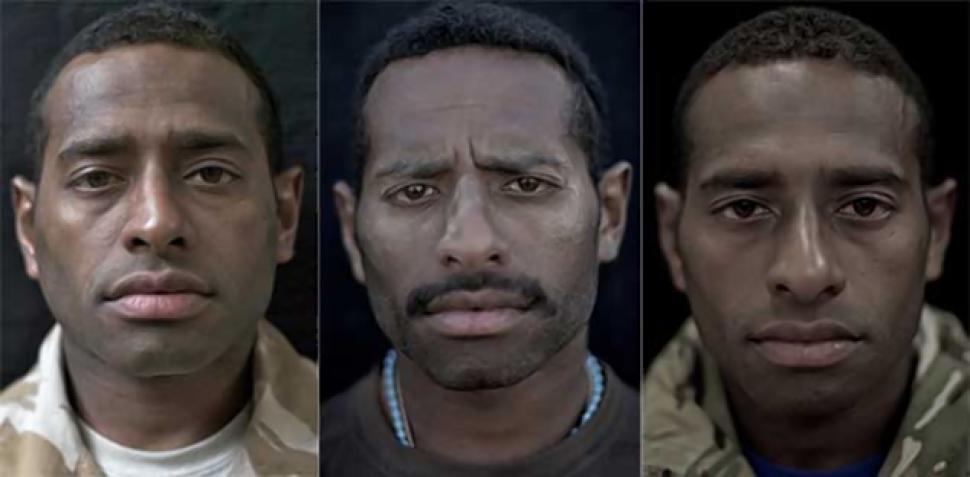
Lalage Snow, We Are the Not Dead, Returning by the Road We Came, 2012
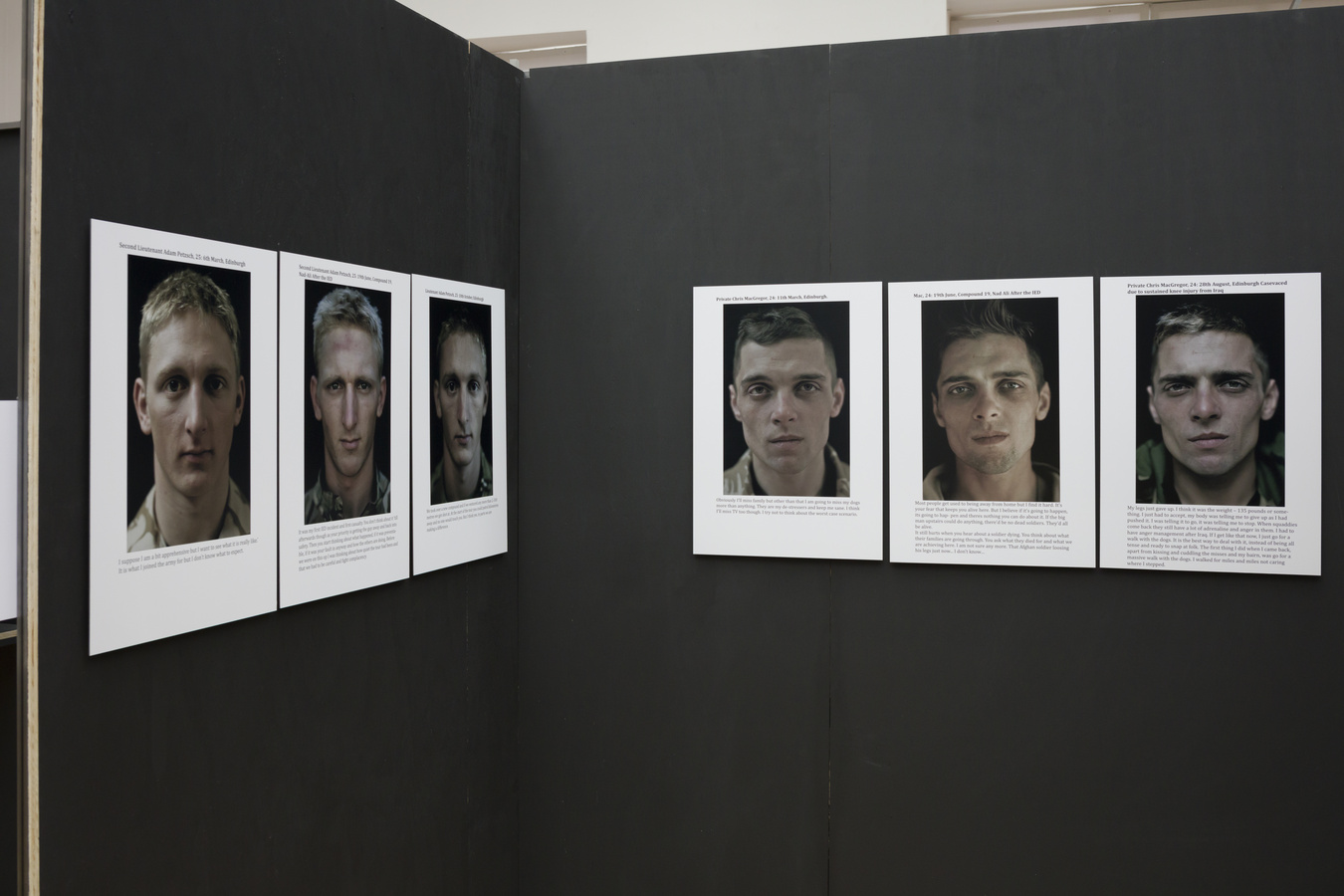
Lalage Snow, We Are the Not Dead, Returning by the Road We Came (Private Jo Yavala, 28), 2012. Installation view at Bureau Europa. Photo: Johannes Schwartz for Bureau Europa
Lalage Snow shot portraits of British soldiers over a period of 7 months. Before, during and after their deployment to Afghanistan on Op Herrick 12.
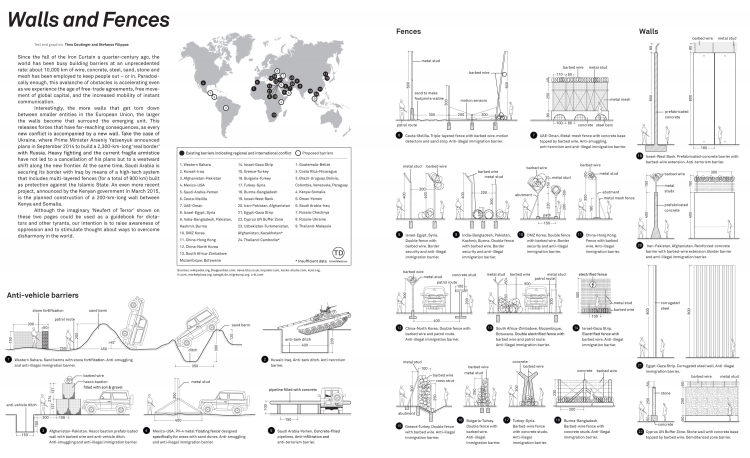
Theo Deutinger and Stefanos Filippas, Walls and Fences, 2015
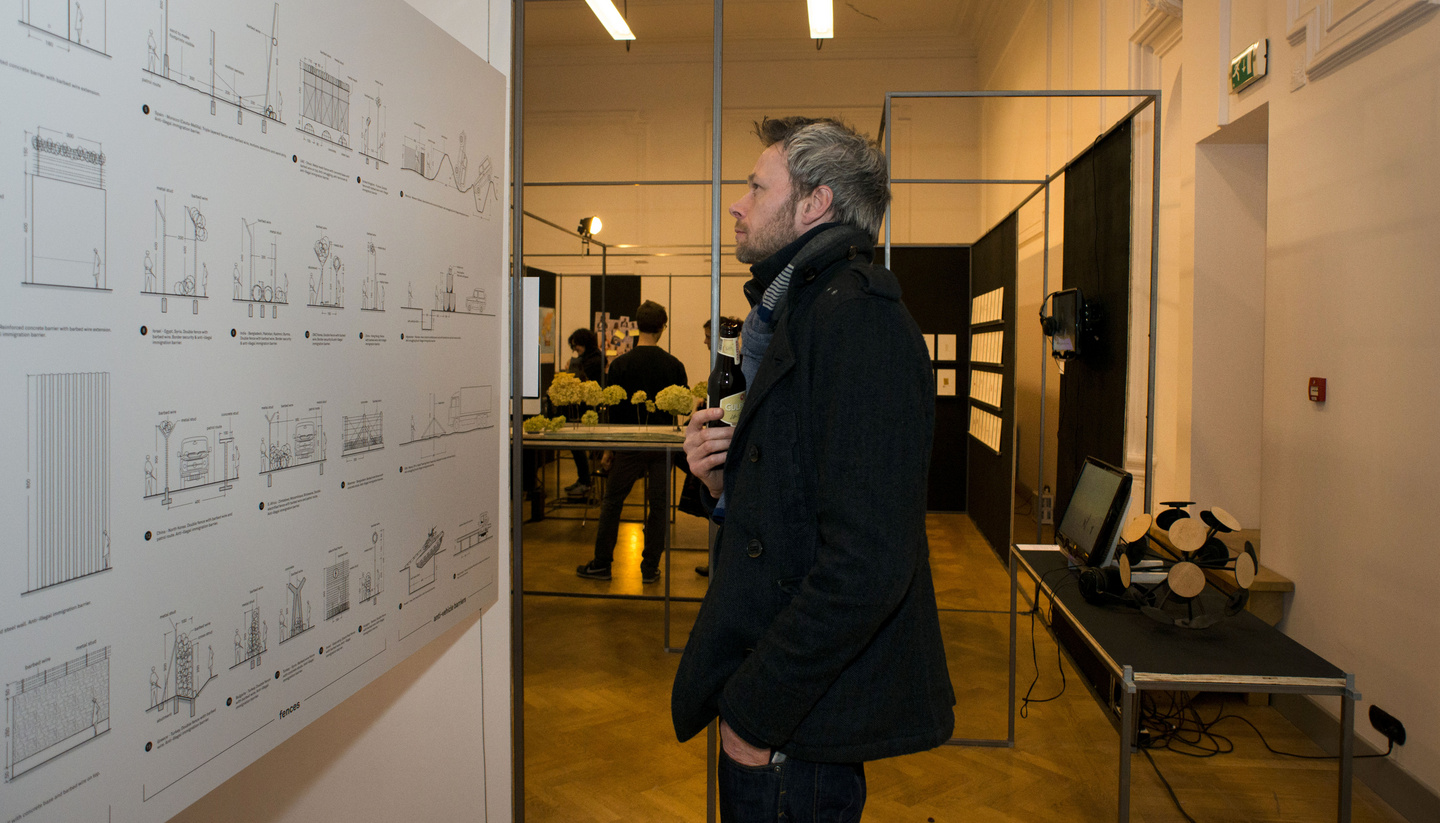
Theo Deutinger and Stefanos Filippas, Walls and Fences, 2015. Photo: Moniek Wegdam for Bureau Europa
Since the fall of the Iron Curtain a quarter century ago, the world has been busy building barriers at an unprecedented rate: about 10,000 km of wire, concrete, steel, sand, stone and mesh has been employed to keep people out or in. Paradoxically enough, this avalanche of obstacles is accelerating even as we experience the age of free trade agreements, free movement of global capital, and the increased mobility of instant communication.
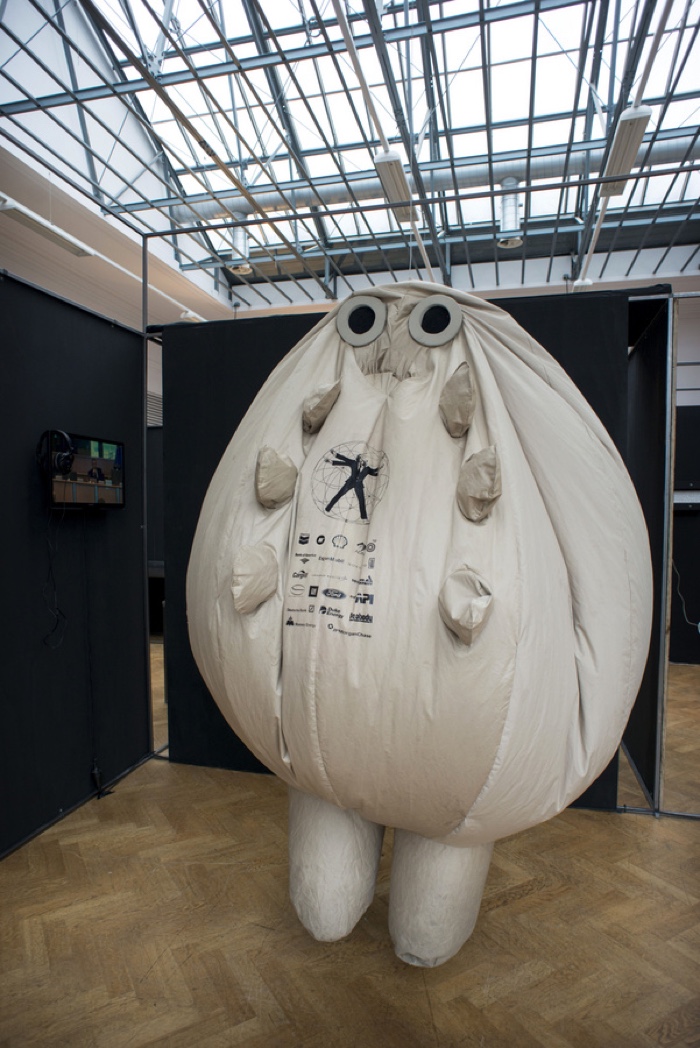
Opening night of The Next Big Thing is Not a Thing. Photo: Moniek Wegdam for Bureau Europa
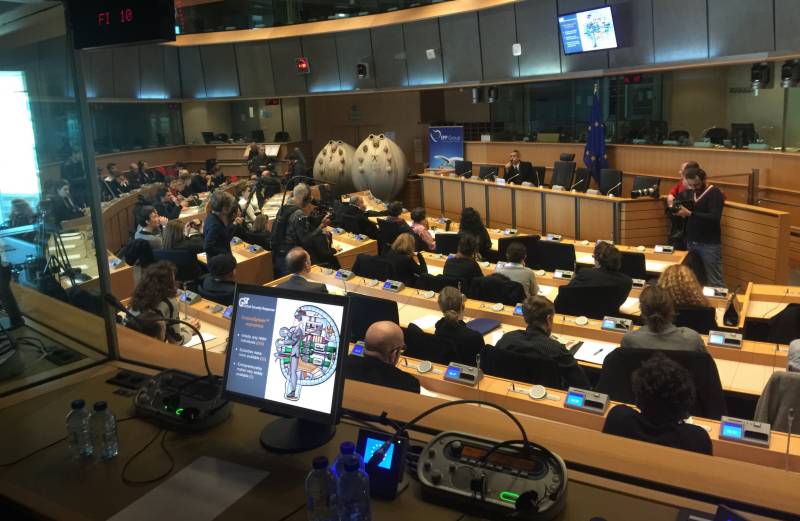
The Yes Men, Total Terrorism Solution, 2016
With the complicity of Greek MEP Stelios Kouloglou, Andy Bichlbaum of the Yes Men posed as a “defense and security consultant” at the European Parliament in Brussels to present an “industrial solution to terrorism”.
The “solution” is the re-purposed Halliburton´s survivaball. This cushiony orb might make you look like Gérard Depardieu but it will also enable you, if you’re one of the happy few who can afford it, to comfortably survive any terrorist attack.
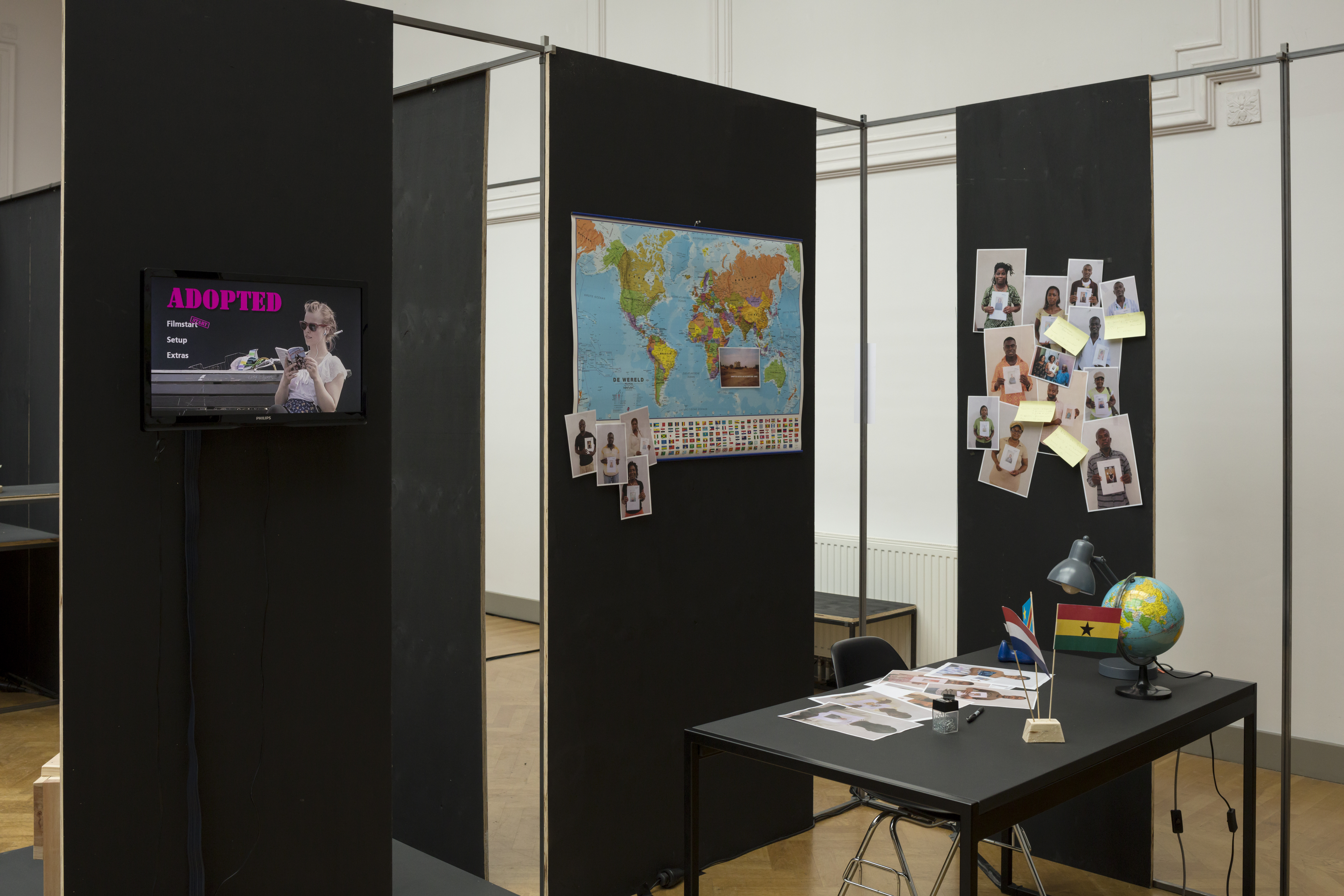
Gudrun F. Widlok, Adopted, 2012-ongoing. Photo: Pauline Doutreluingne
Gudrun F. Widlok organizes adoption of lonely Europeans adults by families in Africa.
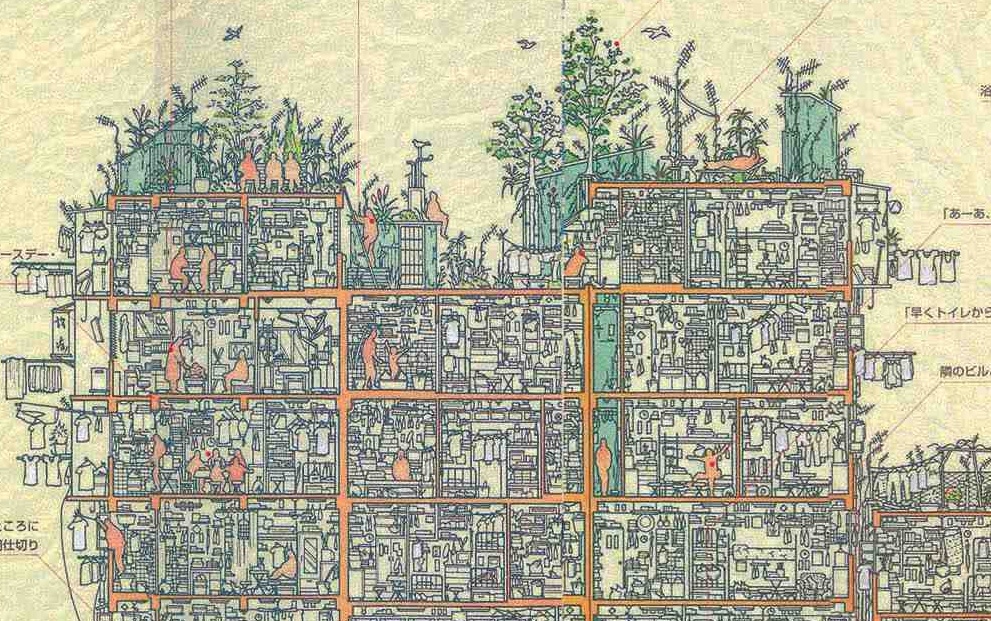
Hiroaki Kani, The Kowloon Walled City (detail), 1997
Kowloon Walled City was a largely ungoverned settlement in Kowloon City, Hong Kong. Kowloon used to be the most densely populated place on Earth, with 50,000 people crammed into only a few blocks of interconnected high-rise buildings that were built ‘organically’ without the help of architect or city planner.
The Hong Kong government demolished the walled city over a two year period, in 1993 and 1994. A group of Japanese architects, engineers, city planners and researchers, led by historian and cultural anthropologist Hiroaki Kani, documented the city right until the bulldozers arrived. Their notes and illustrated cross sections of the buildings were published into a book a few years later.
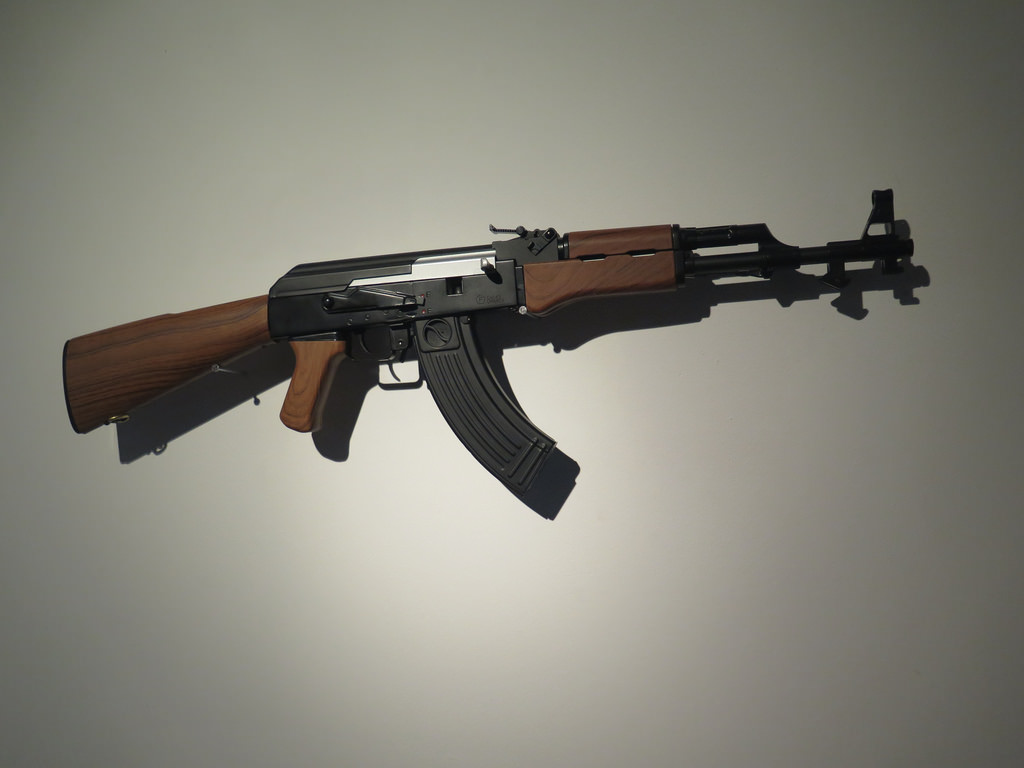
Mikhail Kalashnikov, AK-47
The AK-47 (aka the Kalashnikov) was designed by Mikhail Kalashnikov in 1946. 70 years later, it is the world’s most popular firearm. Favoured by guerrillas, terrorists and soldiers of many armies, the weapon has brought death all over the world but it is also regarded as one of the best designs of the 20th century.
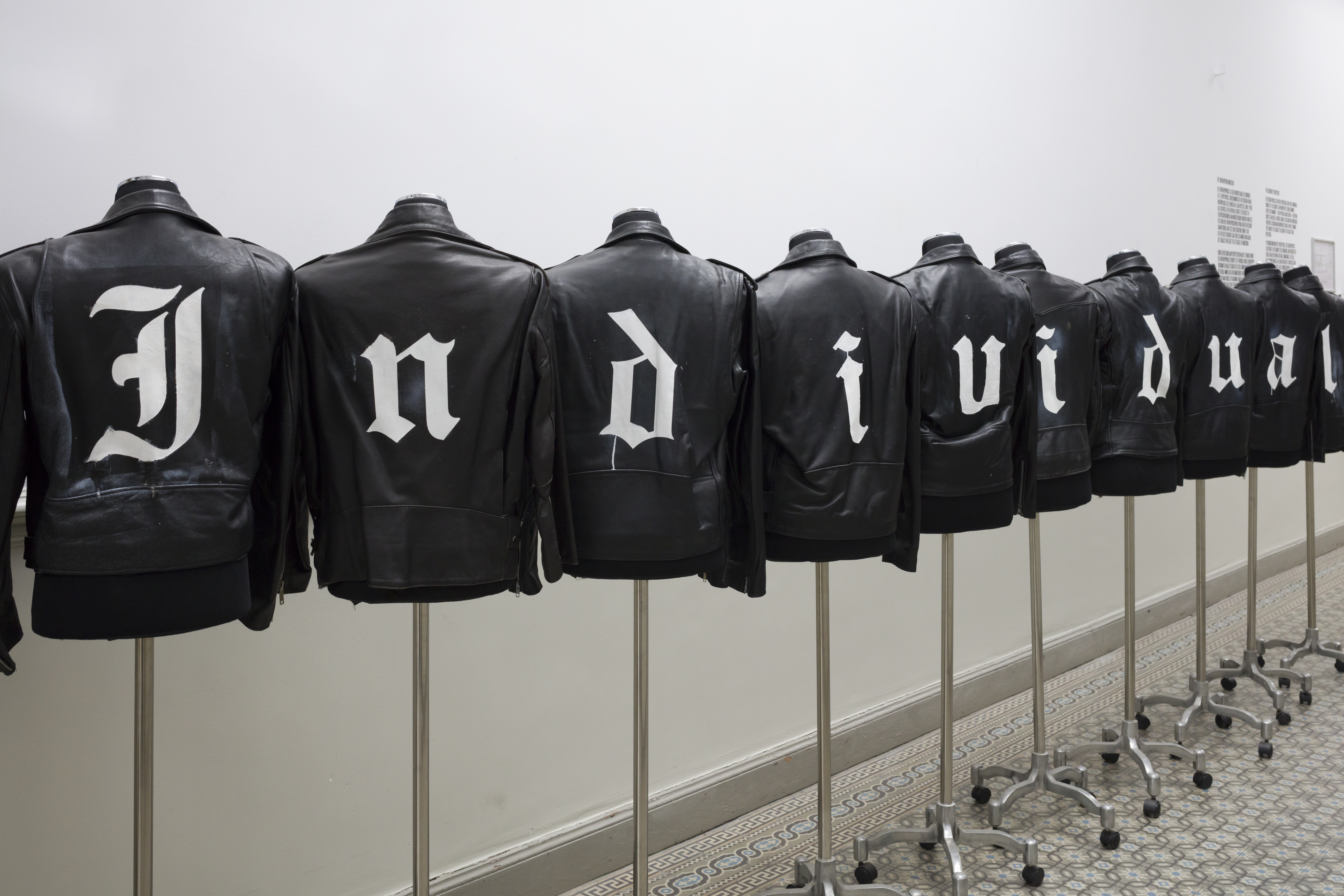
Marc Bijl, Group Mechanism, 2015. Photo: Pauline Doutreluingne
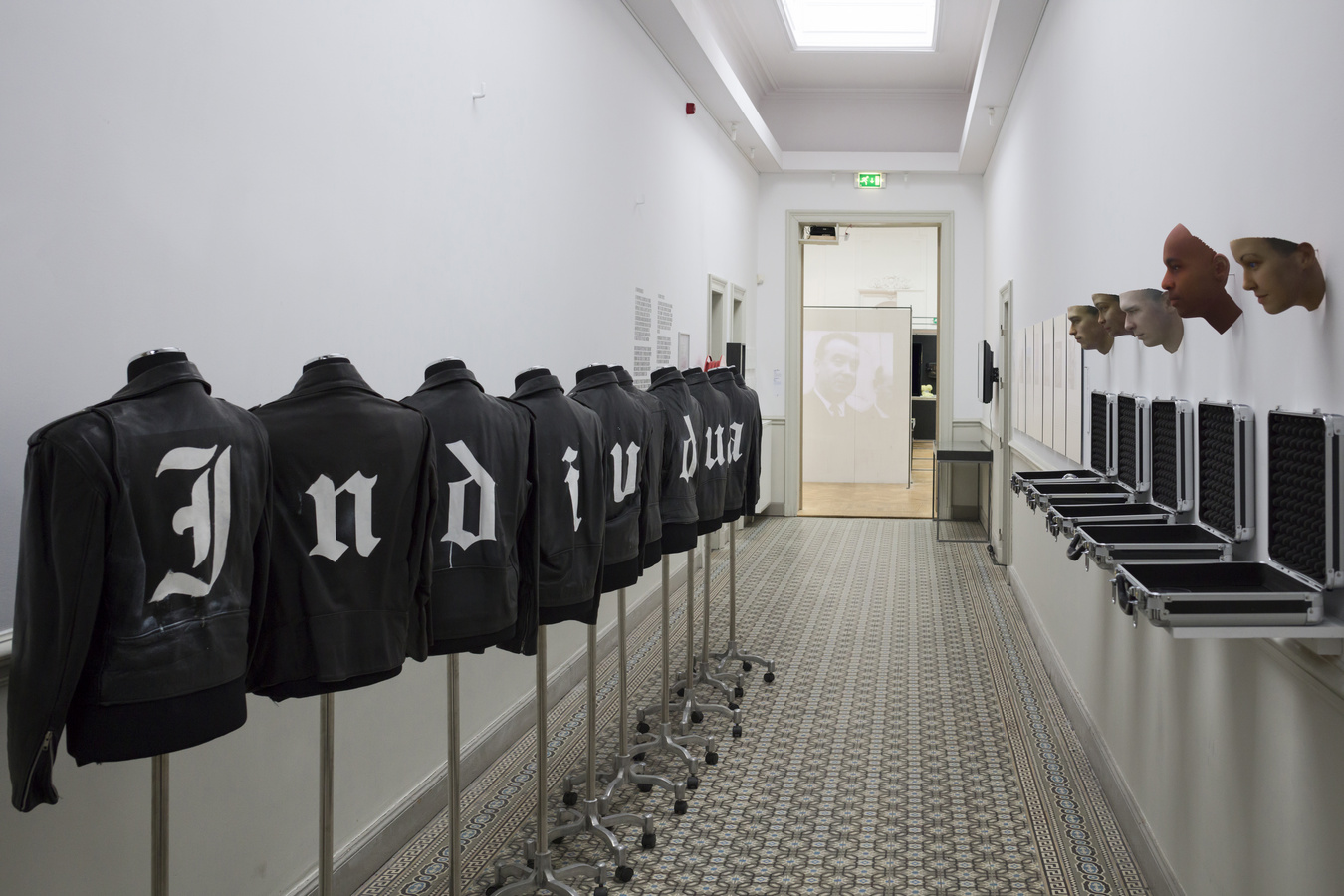
Marc Bijl on the left and Heather Dewey-Hagborg on the right. Installation view at Bureau Europa. Photo: Johannes Schwartz for Bureau Europa
Ten showroom dummies dressed up with leather jackets that the artist spray-painted with single letters composing the word INDIVIDUAL. While the faceless dummies are meant to be anonymous, the leather jackets are symbols of rebellion and individual freedom. Group Mechanism exposes thus the fundamental contradiction of consumer culture (and of fashion in particular): individuality can be mass produced.

Philippe Stark, Teddy Bear Band, 2005
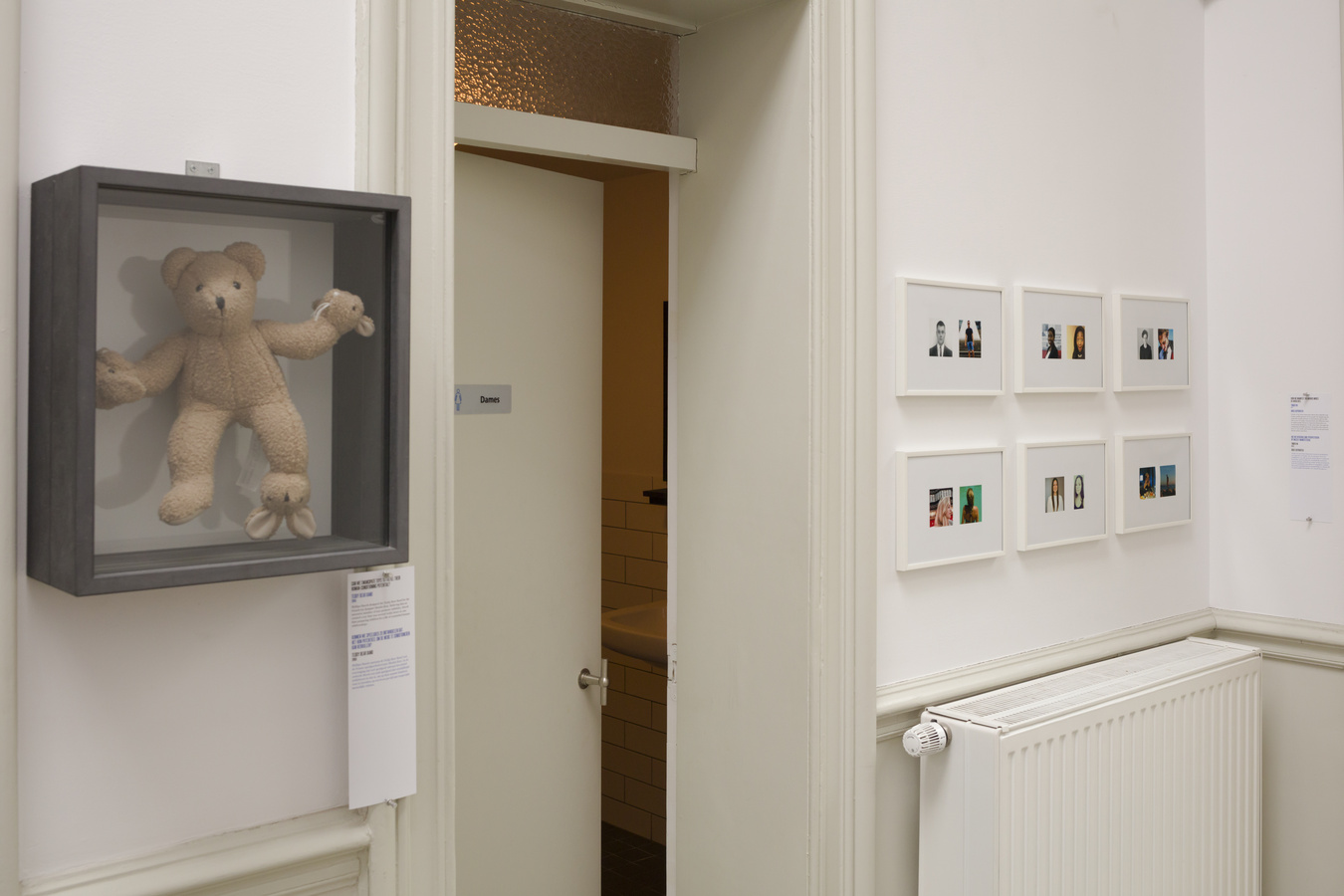
Philippe Stark, Teddy Bear Band, 2005. Installation view at Bureau Europa. Photo: Johannes Schwartz for Bureau Europa
The TeddyBearBand was created for children who like to hop from one toy to another. Stark’s TeddyBearBand is a teddy bear but also a stuffed dog, a rabbit and possibly a sheep.
More photos from the exhibition:
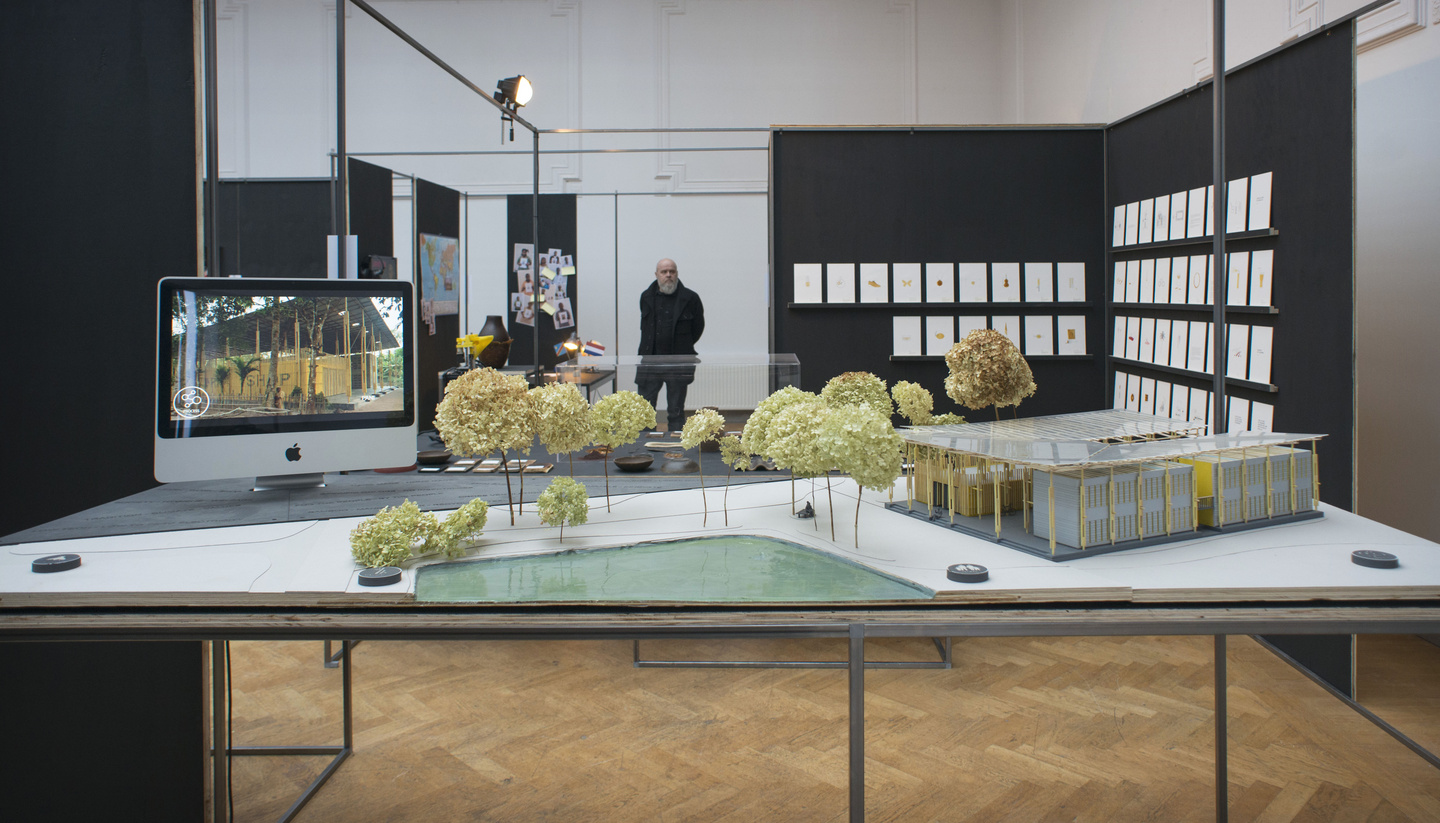
Opening night of The Next Big Thing is Not a Thing. Photo: Moniek Wegdam for Bureau Europa
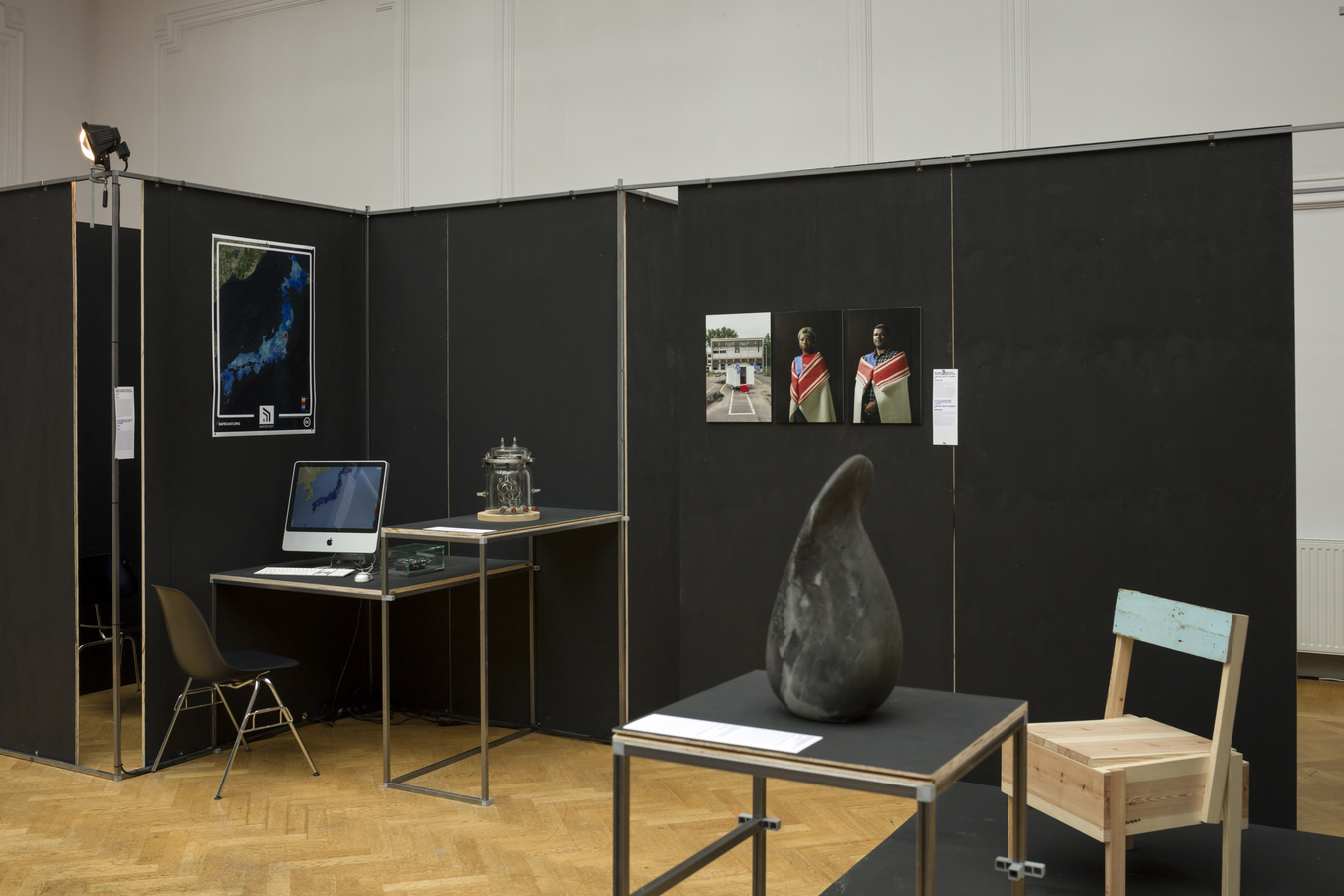
Installation view at Bureau Europa. Photo: Johannes Schwartz for Bureau Europa
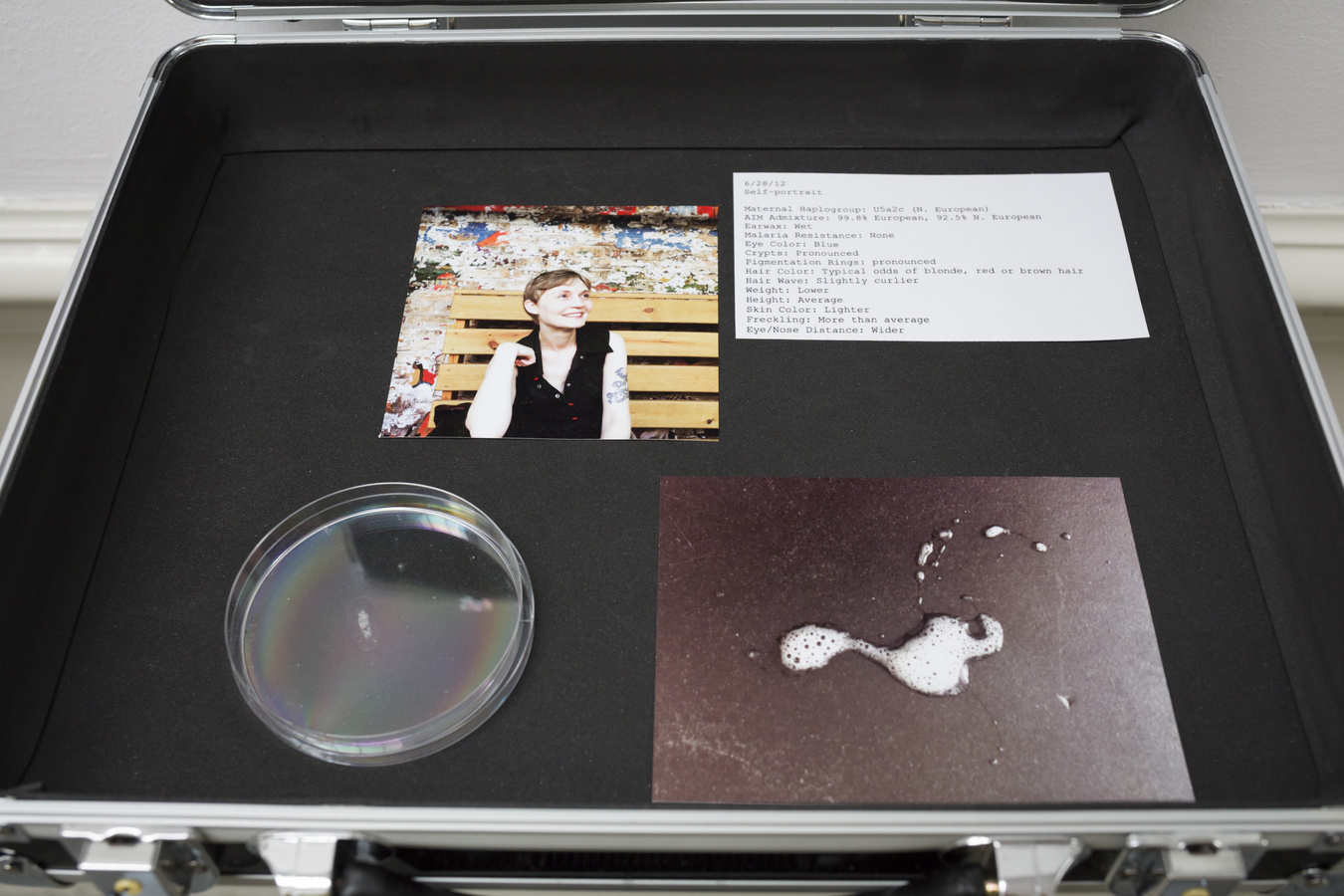
Heather Dewey-Hagborg, Stranger Vision, 2012-2013. Installation view at Bureau Europa. Photo: Johannes Schwartz for Bureau Europa

Julien Prévieux, What Shall We Do Next (Séquence 2). Photo: Pauline Doutreluingne
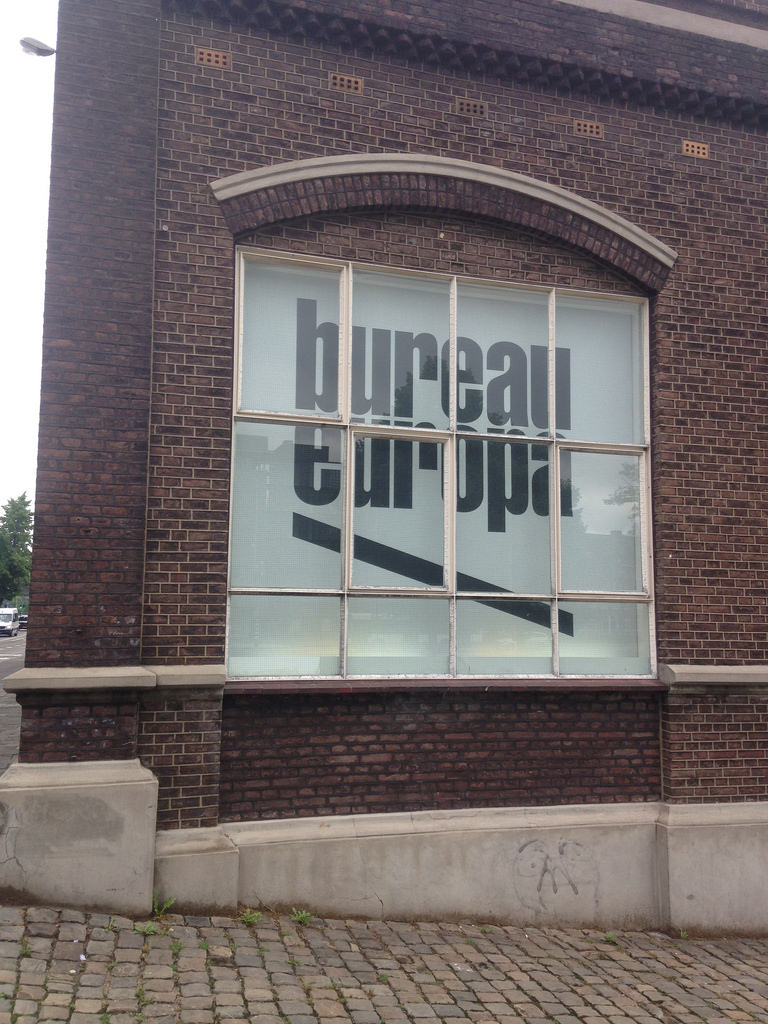
The exhibition The Next Big Thing is Not a Thing is at Bureau Europa Platform for Design and Architecture, Maastricht, The Netherlands, until 10 July 2016. It was curated by Pauline Doutreluingne.
My photos from the exhibition.
Previously at Bureau Europa: ZOO, or the letter Z, just after Zionism, Clip/Stamp/Fold – The Radical Architecture of Little Magazines 196X-197X and Rien Ne Va Plus at Bureau Europa in Maastricht.

